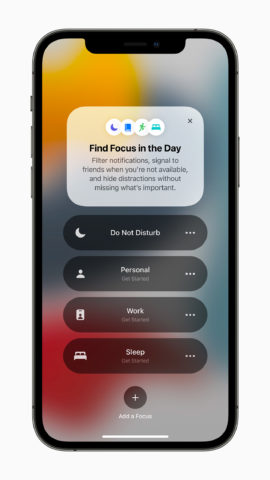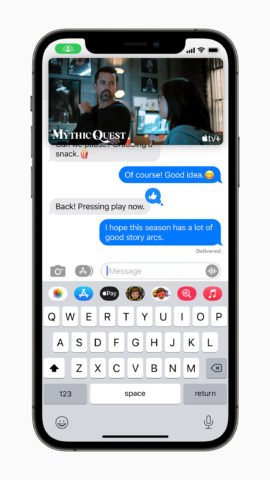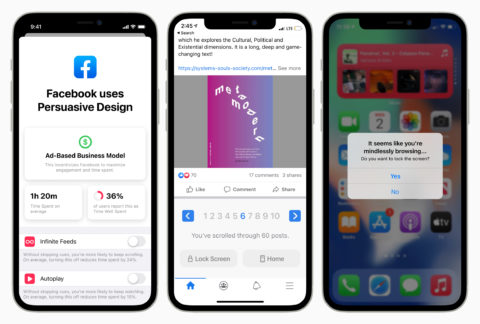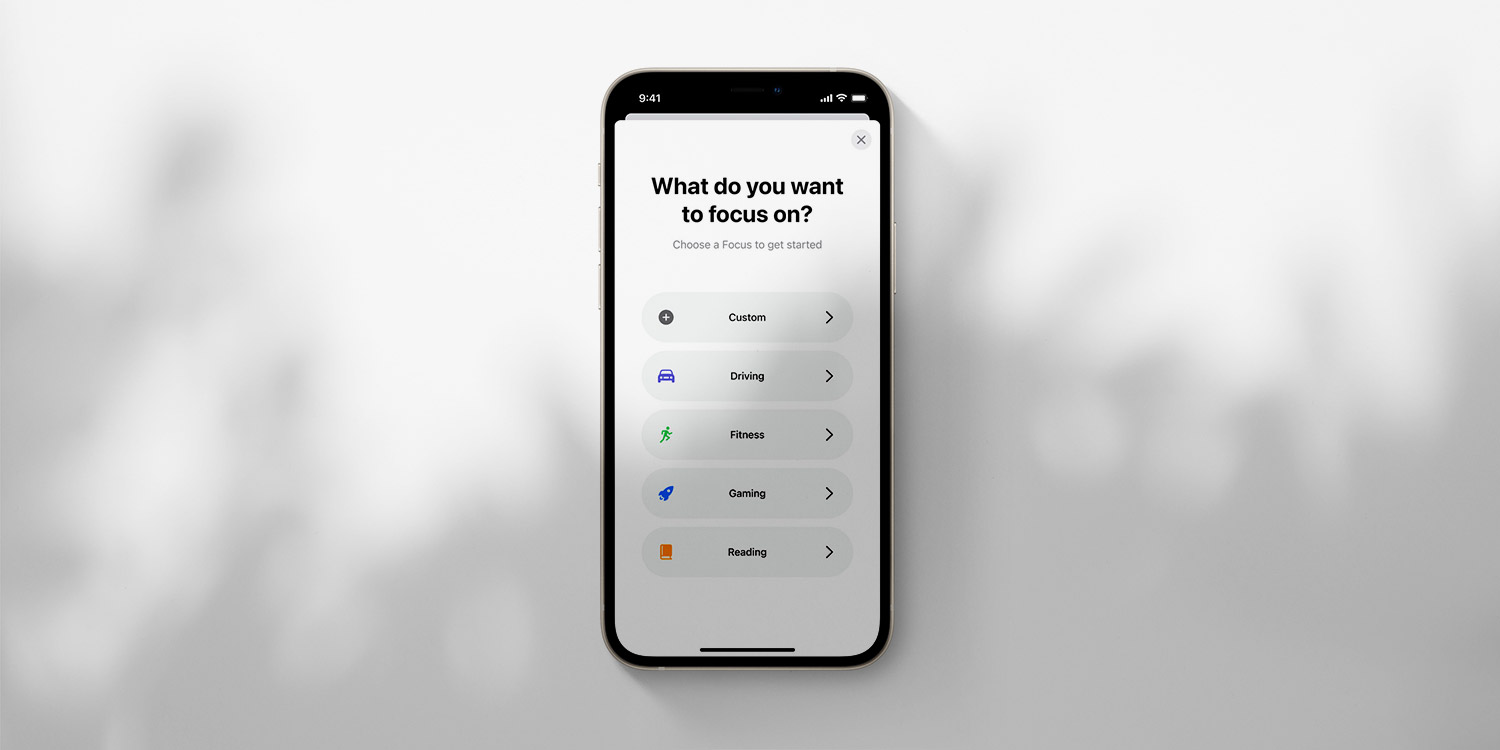Awareness versus addiction – Apple aims to break negative iPhone and iPad use cycles
Apple’s developer conference this summer was notable for many reasons, but the one that most stood out wasn’t about technology per se. A thread that ran throughout Apple’s various announcements was a desire for people to use technology more mindfully. This wasn’t so much about you using your iPhone or iPad less often, but in a manner based around you having full control over your actions, rather than being exploited by products that know how to prey on distraction and addiction, or partake in outright manipulation.
That might sound hyperbolic, but if you’ve ever spent an entire evening unthinkingly scrolling social media feeds – especially those with a tendency to put doom and gloom before your eyes – you’ll recognize the problem. Apple’s thinking is to reform technology use to promote focus and positivity.
Filtering through Focus
At present, iOS and iPadOS enable you to focus primarily through systems like Do Not Disturb and Wind Down. However, the former is brute force in nature and the latter is designed solely for the period before you go to sleep. The Focus system, baked into iOS 15 and iPadOS 15, is a far more nuanced approach to deal with distraction, and to ensure your iPhone is relevant within specific contexts.

Originally, Apple mobile devices ‘became’ the app that was running – they really were items of focus. But this has been derailed by modern usage. You can now quickly switch apps – or show two at once on iPad – and be deluged by notifications. With Focus, you can filter your device’s notifications and apps to keep you in the moment – whatever that moment happens to be.
The process is initially automated, based on things like work hours. The idea is your device knows and continues to learn your habits and can use those to optimize app access and even Home screens for given circumstances. But Focus can be customized too, giving users confidence to try the system, and also the means to define custom Focus set-ups. These can go beyond work and sleep, for example helping you focus on exercise or reading – without the temptation to dip into notifications, calls, social media or games.
The human touch through SharePlay
Elsewhere, Apple wants to push positive aspects of technology through shared experiences. Users of iPhones and iPads are familiar with using FaceTime to connect with friends and family, and upcoming changes enhance those calls. You’ll be able to largely eradicate background noise and blur location backgrounds to help everyone focus on what people are saying rather than what’s going on around them.

SharePlay is a more ambitious feature. It sits atop FaceTime, integrating Apple Music and streaming TV services. The idea is for you and others to listen to a song or watch a show together, wherever you happen to be located. Playback is synchronized, participants have shared controls, and the media component can be sent to an Apple TV for whenever you want a bigger-screen experience.
Arguably, Apple is playing catch-up with some of these features. Zoom and other video chat systems have long had ways to change your background, for example. Elsewhere, various services exist to let you share media while conversing with friends. But by placing these deep into the operating system, Apple makes such actions seamless, accessible, and straightforward. Its approach is about refinement and focus rather than novelty – blurred backgrounds rather than pretending you’re sitting in the mountains or on the Moon. Moreover, it’s another way to improve connectivity in a very human sense, using technology for good.
A possible future through Potential
Apple’s changes are positive but should be considered first steps – and other developers have made more radical suggestions. The most exciting comes from Potential, an upcoming app designed to help promote mindful device usage. What the app itself will entail in its final form, we’re not yet sure. But a blog post outlines the team’s concept, some visuals of which are shown below.

Potential’s concept would inform you about persuasive design models designed to change human behavior. You’d be able to batch notifications and transform endless scrolling feeds into finite pages, along with viewing a rolling count of how many posts you’ve accessed. At the end of an app session lasting over 15 minutes, you’d be asked whether your time was well spent, to build a picture of device usage and urge you toward healthier experiences and habits. App conditions would optionally limit apps to mindful contexts (such as if you’ve logged enough sleep), and you’d get alerts upon the detection of patterns like idle app switching and endless scrolling.
Whether Potential will be fully realized and have access to deep enough operating system hooks to work as its creators hope remains to be seen. Similarly, it’s impossible to know whether Apple will take on board the Potential team’s advice to expand and evolve its own mindfulness features. We hope so, because mobile technology is so often a force for good, but people are so frequently trained to use it in a manner that’s detrimental to their own wellbeing.

